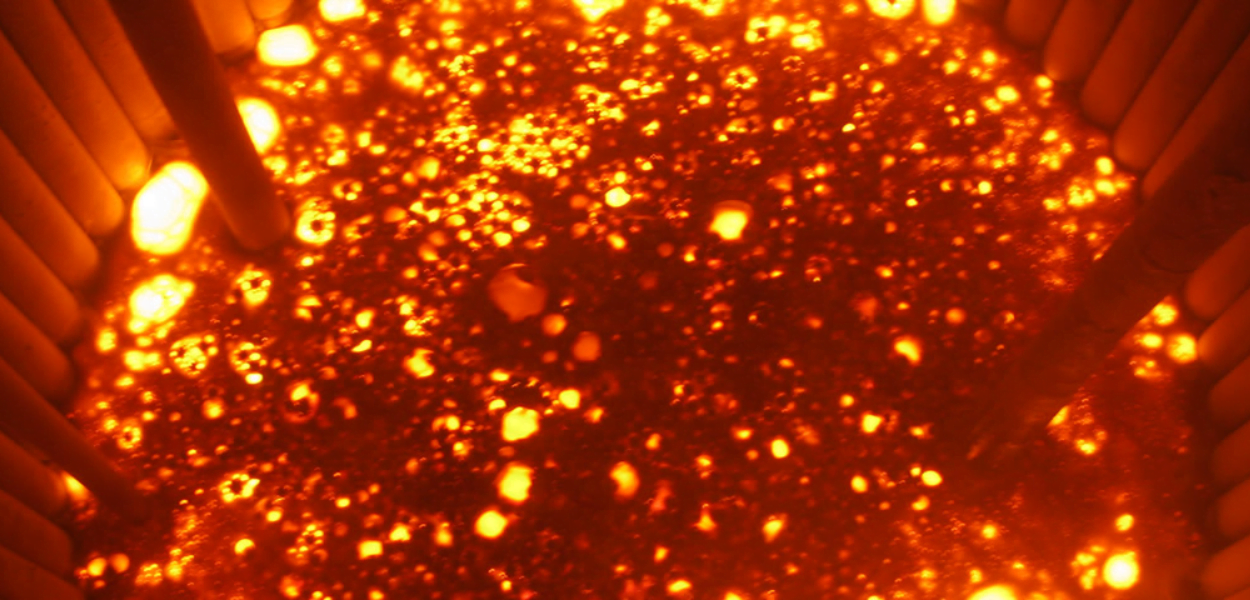Nuclear energy produces radioactive waste that can remain hazardous for extremely long periods of time. Scientists have been searching for practical ways to transform this waste into more stable and less dangerous materials, a process called transmutation.

Img Credit: – Bhabha Atomic Research Centre
Recently, researchers found inspiration from an unlikely place – gravitational waves created by merging neutron stars. Neutron stars are the collapsed cores of massive stars and contain the densest form of matter in the universe. When two neutron stars collide, they send ripples through space-time called gravitational waves.
By studying these cosmic collisions, scientists gained new insights into how neutrons interact with atomic nuclei here on Earth. They developed a technique to bombard nuclear waste with neutrons to convert it into less radioactive and more stable versions of itself.
Previously, it was difficult to accurately measure if transmutation occurred. But the researchers found a clever work-around – they inferred it by observing how much of a radioactive waste product called selenium did not change when exposed to neutrons. If selenium did not transform, it meant transmutation of other waste products had occurred.
This breakthrough method can now precisely predict transmutation levels. It has major implications for improving nuclear waste treatment methods to make them cleaner and safer. The physics governing cosmic explosions millions of lightyears away has provided an unexpected solution to one of the key challenges in realizing the full potential of nuclear power here on our planet.






